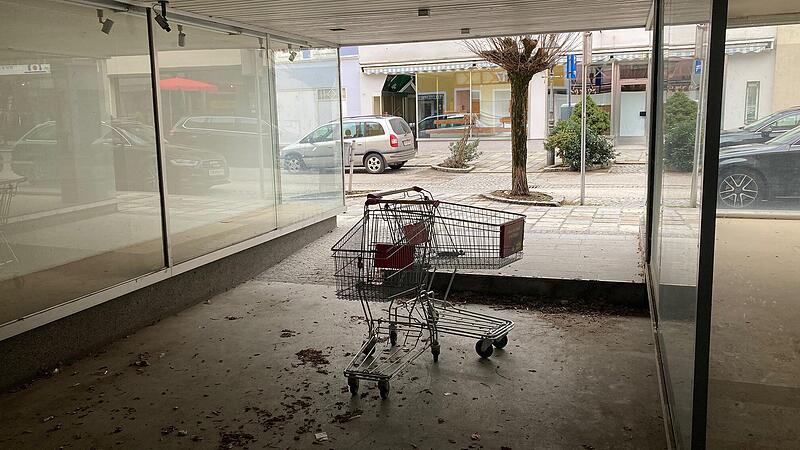Image: Roman Kloibhofer
The threatened desertification of town and village centers poses major challenges for municipalities of all sizes. Vacancies are the visible signs of a social and economic transformation in recent years. This process also requires setting the course for the future under different circumstances, as Stefan Lettner, one of the two managing directors of the consulting company CIMA Austria based in Ried, says: “You have to accept and recognize this transformation process and perceive the city center differently. “
The offer decides
The decisive factor for a functioning city center remains an appropriate offer, even if the feel-good factor plays a role – but not the most important one, as Stefan Lettner says: “People come to the city because they have a motive for visiting: shopping, a visit to the doctor, going to the authorities . You don’t go downtown primarily because you want a park-like experience or just because it’s so beautiful. Quality of stay is the bonus and not the first reason.” The demand for more greenery and more relaxation zones in the city centers is understandable and justified in principle, but: “Moving the city park to the city center cannot be the top motive,” says the expert for urban and local development says. The perfect inner-city public space is a combination of multifunctional offerings and a pleasant quality of stay.
“It’s our fault”
The changes in the cities go hand in hand with a transformation process on various levels, as Stefan Lettner says: “This process starts with society, with consumer behavior, with ourselves difficult for local retail in city centers. It’s up to the consumer. It’s our own fault for what we’re whining about now!”
Previous business models no longer work the way they used to – that’s for sure. Therefore, the offer will have to change: “Insofar as more specialty shops, smaller crossover shops can establish themselves (in Ried, for example, “cheeky and wild”, “Handmade”, “Giesserei”; note). However, other target groups and customer processes are associated with this.” These shops are located in the city center, but they no longer bring the high frequency of previous large shops. Roland Murauer, also CIMA Managing Director, gives an example from the past: “In 1984 we had 44 textile shops in Ried. Unfortunately, many believe that this should and should still be the case. But digitization has changed a lot here. You have to accept this process.” With initiatives such as ImmoUp and StadtUp, some businesses have been able to settle in the city center of Riede that fit into the city center and are marketable and sustainable, as Stefan Lettner explains.
Tired topic of vacancy
The issue of vacancies plays a key role in future urban development for the Innviertel towns. “An empty property is the worst thing that can happen downtown,” says Lettner. Especially when these are permanent vacancies that document the owners’ structural problems. “A new funding model is aimed precisely at these vacancies and problems” (see also the report on page 3). For the future urban development of the Innviertel towns, this means: finding public uses for vacancies is one of the goals, offering a multifunctional offer with apartments, shops and services is another goal. “Do not reduce inner-city development to one mainstay such as retail and do not relocate everything – such as service providers, schools, etc. – to the periphery,” say the two CIMA experts. In Kufstein or Wiener Neustadt, for example, the FH was deliberately relocated to the city center, which also triggered a housing boom in Kufstein in the inner city. Living in the city center must become attractive and affordable again, so space-saving building land development also envisages using the potential on the first floor, according to the city experts. “The lively city center is also attracting trade again.”
The three “K” make it
So what makes a well-functioning city center? “The three Cs – communication, culture and consumption, and atmosphere and sensible traffic planning. And the city center should be lively. Ground floors full of consumer-related uses and lively residential areas above,” says Stefan Lettner.
Urban and local development must be viewed more extensively than just the city center or town centres. “The surrounding communities also have to be included and considered. Everything goes hand in hand: transport, local supply, retail, housing,” explain the CIMA experts. Lively town centers are a part of life culture, and it’s not just about business.
Source: Nachrichten




